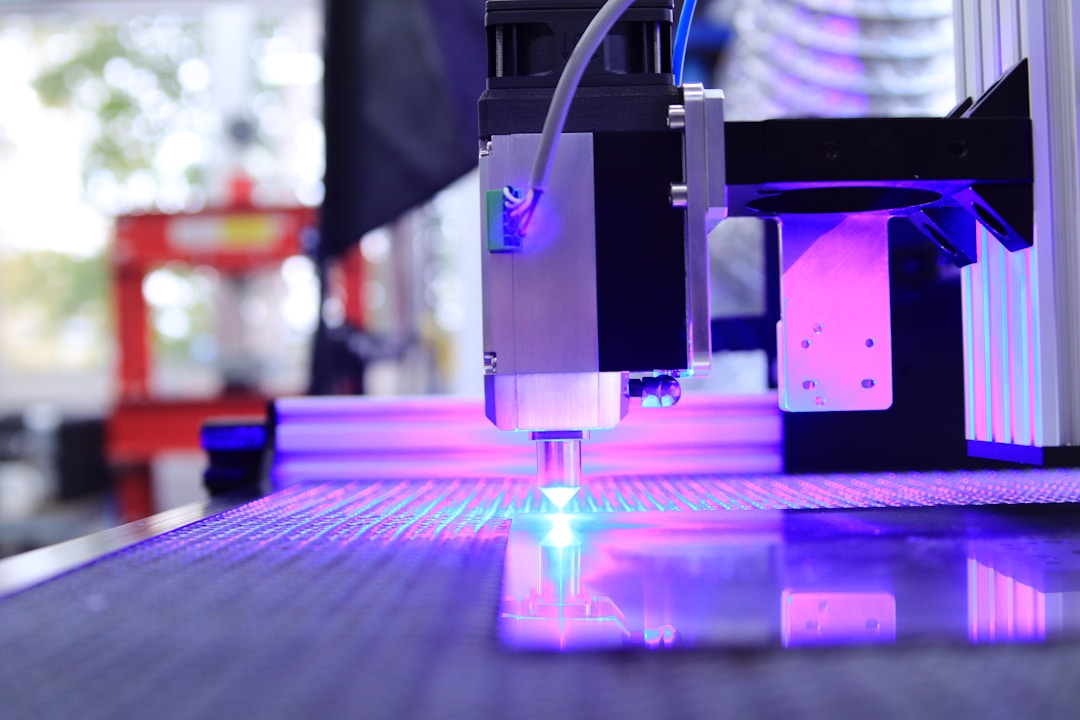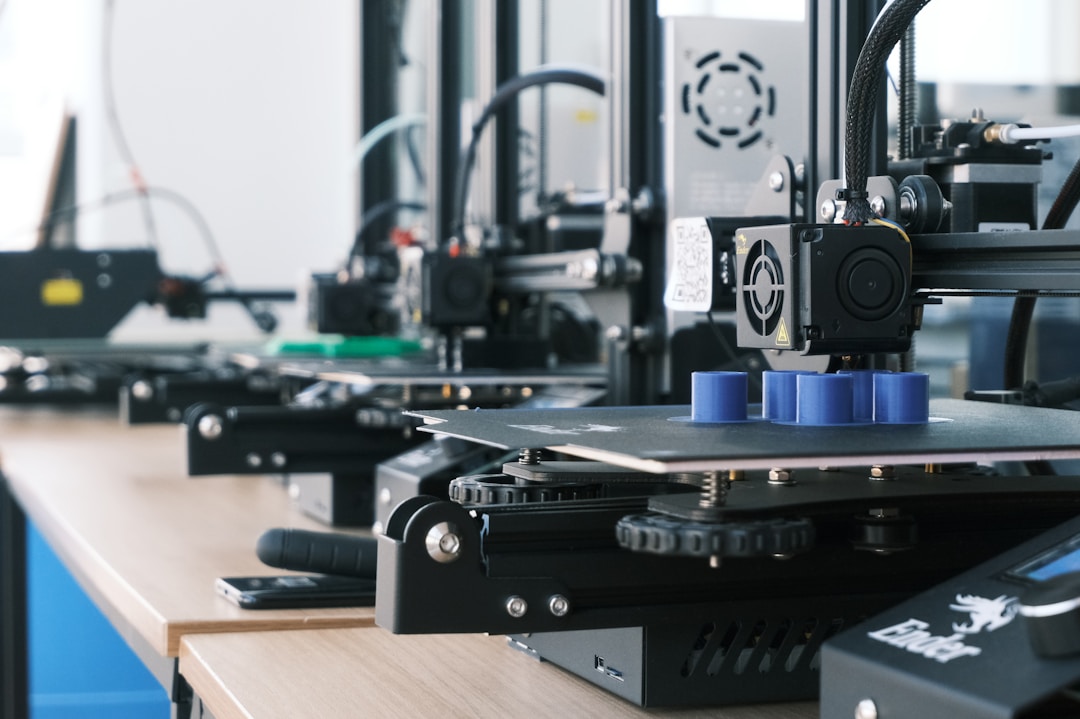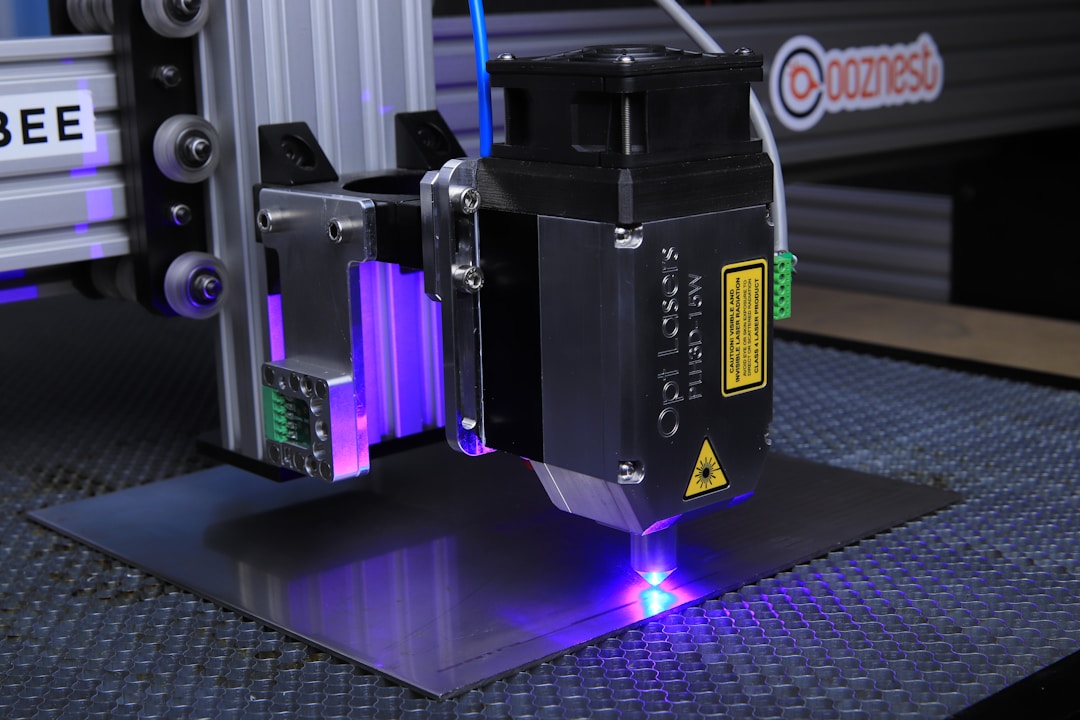Comprehensive Analysis of Nanolaser Technology and Its Applications
Release Time:
Jul 28,2022
The development of nanotechnology has made the combination of microelectronics and optoelectronics closer, greatly improving the performance of optoelectronic devices in areas such as information transmission, storage, processing, computation, and display. Applying nanotechnology to existing radar information processing can increase its capabilities by 10 to several hundred times, and even ultra-high resolution nanoaperture radar can be placed on satellites for high-precision ground reconnaissance. Recently, researchers at the Massachusetts Institute of Technology fed excited barium atoms into lasers one by one, emitting a useful photon from each atom with astonishing efficiency.
The development of nanotechnology has made the combination of microelectronics and optoelectronics closer, greatly improving the performance of optoelectronic devices in areas such as information transmission, storage, processing, computation, and display. Applying nanotechnology to existing radar information processing can increase its capabilities by 10 to several hundred times, and even ultra-high resolution nanoaperture radar can be placed on satellites for high-precision ground reconnaissance. Recently, researchers at the Massachusetts Institute of Technology fed excited barium atoms into lasers one by one, emitting a useful photon from each atom with astonishing efficiency.
Application in Microelectronics
Nanoelectronics is based on the latest physical theories and advanced technological means, constructing electronic systems according to new concepts, and developing the potential storage and processing capabilities of materials to achieve revolutionary breakthroughs in information collection and processing capabilities. Nanoelectronics will become the core of the information age in the next century. ◆
◆ Application in bioengineering
Although molecular computers are currently only in their ideal stage, scientists have considered using several biomolecules to manufacture computer components, among which bacterial rhodopsin is the most promising. This biomaterial has specific thermal, optical, and chemical physical properties, as well as good stability. Its unique optical cycling properties can be used to store information, thus replacing the current computer information processing and information storage. It will increase the storage and information processing capacity of a unit volume of material by millions of times. ◆
◆ Application in the field of chemical engineering
Adding nano TiO2 powder in a certain proportion to cosmetics can effectively block ultraviolet rays. Doping metal nanoparticles into chemical fiber products or paper can greatly reduce electrostatic interactions. The sponge like light sintered body composed of nanoparticles can be used for the separation and concentration of gas isotopes, mixed rare gases, and organic compounds. Nanoparticles can also be used as conductive coatings, printing inks, and solid lubricants.
Researchers have also found that the unique pore like structure, large specific surface area (up to several hundred square meters per gram of carbon nanotubes), and high mechanical strength of carbon nanotubes can be utilized to make nanoreactors, which can limit chemical reactions to a very small range.
◆ Medical applications
Researchers have successfully used nanoparticles for cell separation and gold nanoparticles for targeted lesion treatment to reduce side effects. In addition, breakthrough progress has been made in using nanoparticles as carriers for virus inducers, which are now being used in clinical animal experiments and are expected to serve humans in the near future.
Studying the application of nanotechnology in biomedicine can help to understand the fine structure of biomolecules and their relationship with function at the nanoscale, and obtain life information. Scientists envision using nanotechnology to create molecular robots that circulate in the bloodstream, detect and diagnose various parts of the body, and implement special treatments.
Application in molecular assembly
How to synthesize nanomaterials with specific sizes and uniform particle size distribution without agglomeration has always been a problem that researchers strive to solve. At present, nanotechnology has penetrated into the manipulation of single atoms, and through the combination of soft chemistry, host guest template chemistry, and supramolecular chemistry, it is becoming the main means of assembly and cutting, achieving molecular surgery.
Nanotechnology, as an emerging science and technology with the most market application potential, will become a shining star in the field of materials science, showcasing itself in various fields such as new materials, energy, and information, playing a crucial role. With the continuous development of its preparation and modification technology, nanomaterials will be increasingly widely used in many fields such as fine chemical and pharmaceutical production.






 Language
Language




